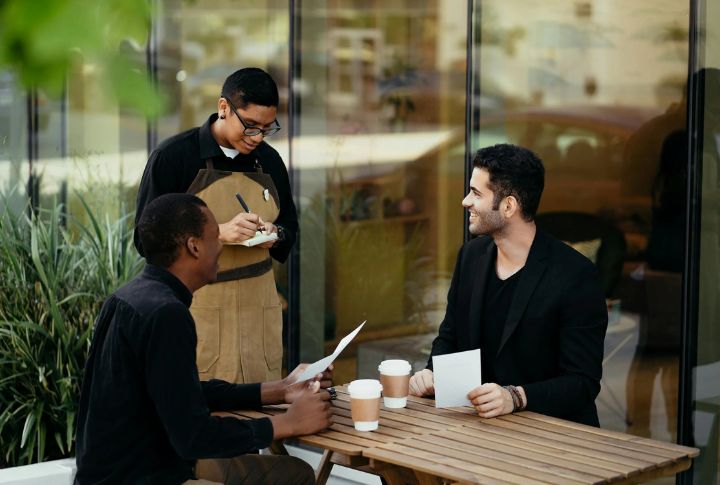
Dining out might feel familiar, but if you step into a European restaurant, you’ll quickly realize that the experience follows a different rhythm. Centuries of tradition shape the pace, customs, and expectations around meals. What seems natural to locals can feel surprising—or even baffling—to Americans.
Dining At A Leisurely Pace
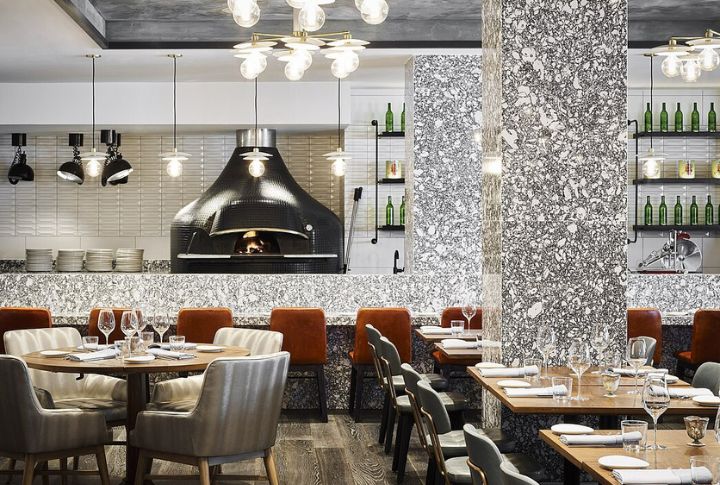
Europeans treat meals as social experiences rather than quick pit stops. Dining is a time to unwind, converse, and savor flavors without rushing. In Italy, lingering over multiple courses is the norm. In France, restaurants won’t hurry you out. For Americans accustomed to fast service, the relaxed pace may feel endless.
Late-Night Dinner Traditions
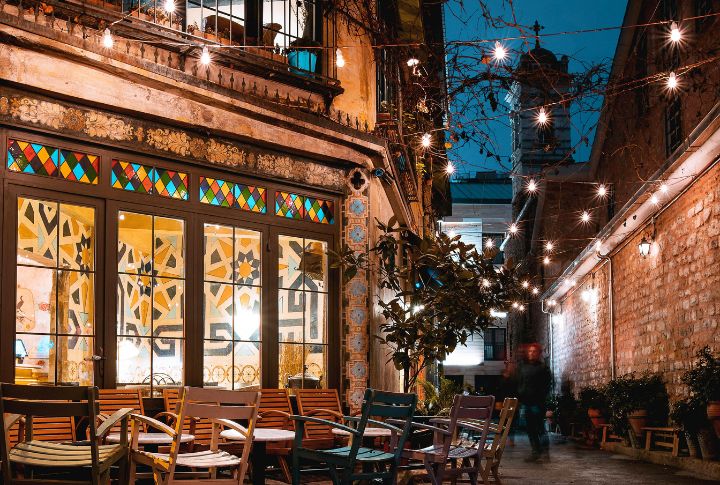
For many Europeans, dinner is often served much later than expected—it becomes an event. In Spain, restaurants may not even open for dinner until 8:30 PM; in Greece, locals enjoy meals well past 10 PM. This rhythm contrasts sharply with American dining habits, where an 8 PM dinner reservation is already considered late.
Minimal Ice In Beverages

A cold drink in Europe often comes with a surprise—little to no ice. Beverages are typically served chilled but not packed with cubes. Some say this preserves the drink’s original taste; others believe it’s simply a cultural preference. Either way, an American expecting an overflowing glass of ice may be caught off guard.
Paying For Water
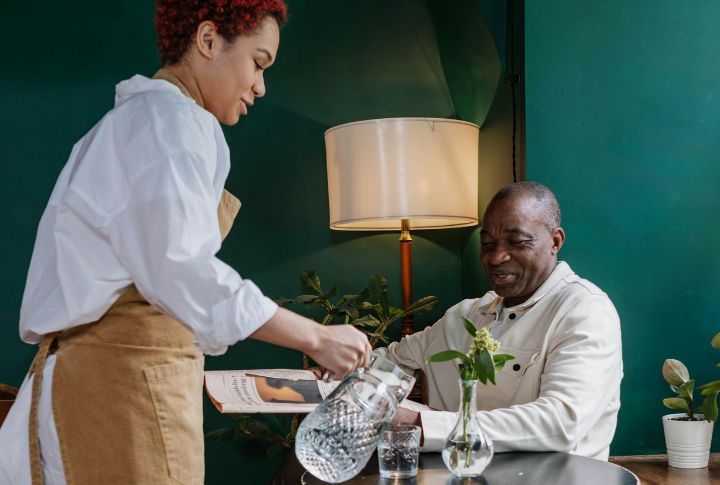
Water isn’t free in many European restaurants. Unlike in the U.S., where servers refill glasses without hesitation, European establishments often charge for bottled still or sparkling water. Asking for tap water may earn a puzzled look, especially in places uncommon to serve. The cost? Sometimes, as much as a soft drink.
Reserved Waitstaff

American servers frequently check in with diners—sometimes to the point of interruption. In Europe, service is far more hands-off. Servers expect guests to call them over when needed. This may seem inattentive to Americans, but in many European cultures, it’s a sign of respect for an unhurried meal.
Inclusive Service Charges

Glancing at the check-in in France or Italy might reveal something unexpected—a built-in service charge. This eliminates the American habit of mentally calculating gratuity. While rounding up the bill is appreciated, leaving an extra 15-20% is neither standard nor necessary. It’s a subtle but significant shift in dining etiquette.
Limited Tipping Practices
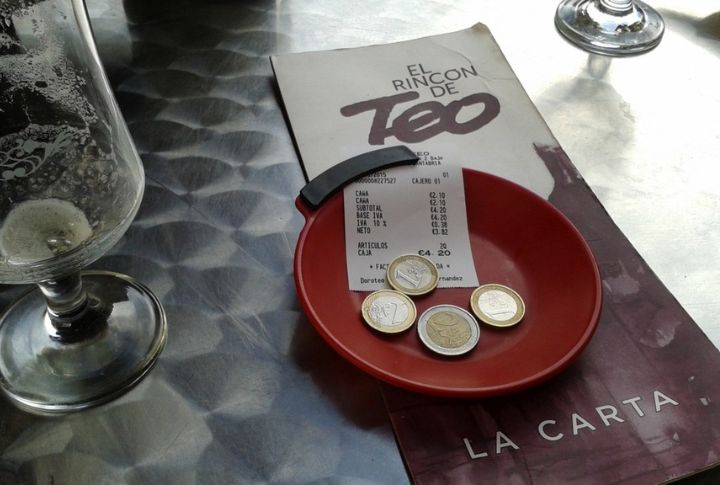
Tipping customs in Europe vary. In the Netherlands and Scandinavia, it’s optional due to higher wages. However, in Germany, Austria, and the UK, diners typically leave 5-10%. Unlike in the U.S., where tips supplement wages, European servers earn a livable income, making tipping a courtesy not a necessity.
Coffee Culture Is Vastly Different
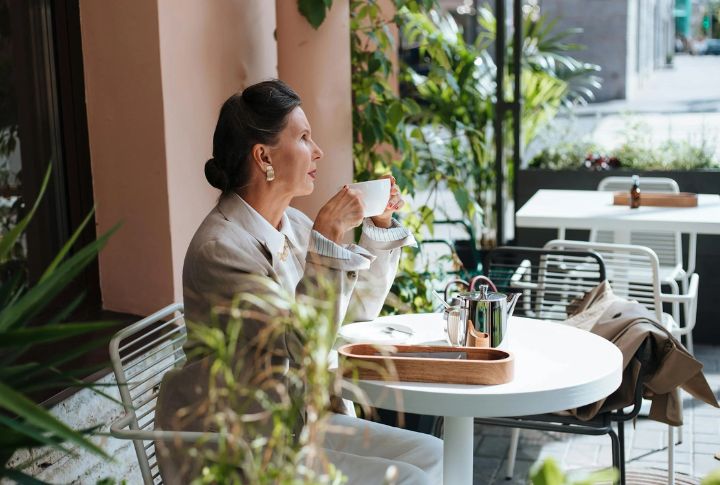
In France and Italy, a tiny, strong espresso arrives only after the last bite of dessert has been enjoyed. The same goes for Spain. Cappuccinos? Strictly a morning affair. Ordering one after dinner is an easy way to out yourself as a tourist. It’s simply a way to let the meal linger just a little longer.
Mayonnaise With Fries

A plate of crispy fries arrives at the table—but instead of ketchup, there’s a dollop of creamy mayonnaise. This pairing is beloved in Belgium and the Netherlands, with rich, tangy mayo often homemade and served generously. It may seem unconventional to an American initially, but one taste is enough to change your mind.
Lighter Breakfast Choices
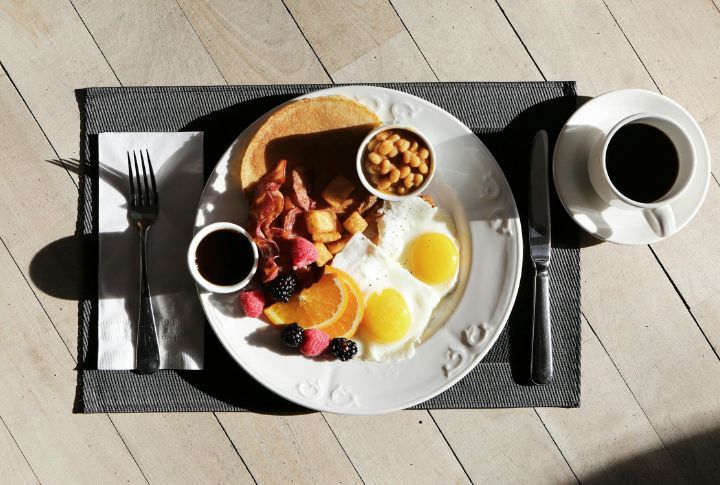
Eggs, bacon, pancakes—none regularly appear on a European breakfast table. In France, a buttery croissant and espresso do the job. In Germany, cold cuts and crusty bread provide a simple start to the day. The philosophy? Keep it light and efficient—lunch and dinner will compensate for it.
Leave a comment